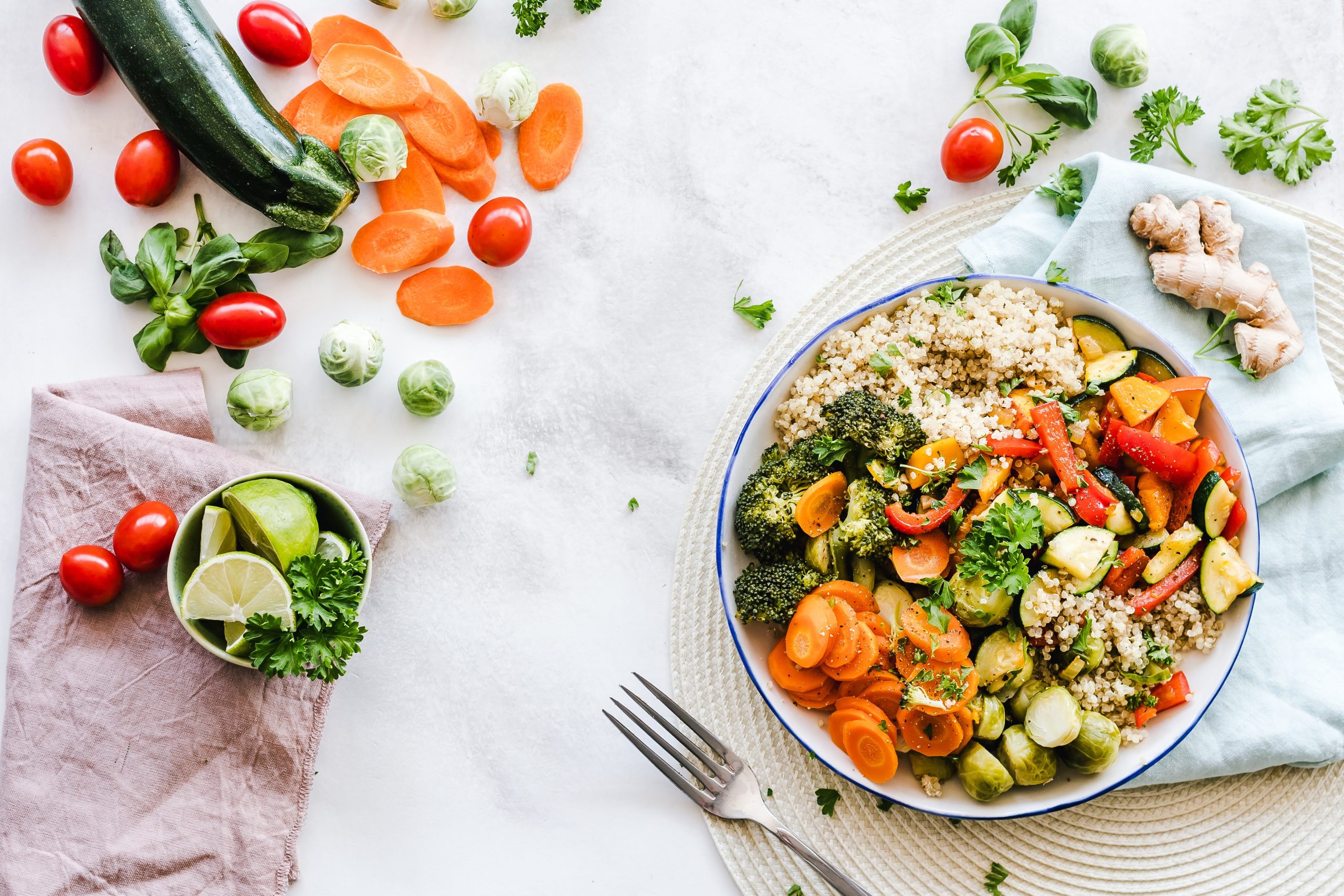After a brief, obsessive dance with technological medicine, our culture is beginning to return to the healing power of natural foods and substances. You could certainly chalk up this return to the profound consciousness shift we’re currently experiencing, as well as the open-minded ideas and practices that stem from it. There’s another, simpler factor that’s sending us running back to the natural world, though: allopathic medicine is becoming increasingly ineffective and dangerous.
It turns out that Western medicine, while a godsend during many medical emergencies, is best implemented in conjunction with a more holistic approach to medicine—one that honors food as medicine.
The risks and limitations of conventional medicine become especially apparent during the treatment of cancer. Chemotherapy and radiation therapy are not nearly as effective as they should be, given how destructive they are to the body. Both treatment methods destroy countless healthy cells in the process of targeting cancer cells, riddle the body with free radicals and toxic byproducts, and drastically weaken the body’s own ability to fight cancer.
In short, they attempt to work in place of the body rather than with the body—and the results are far from ideal. Many scientists and practitioners in the natural health vanguard believe that, before long, chemotherapy and radiation therapy will go the way of all the other crude and outdated medical practices that are now considered barbaric.
As we’ve discussed in other articles, over thirty years of research has revealed that the phytonutrients in certain foods are incredible cancer fighters. And unlike conventional treatment methods, they kill cancer without harming healthy cells, and they do so in a way that seems to prevent recurrence far more effectively.
Scientists were puzzled for some time about the mechanism of action that makes these cancer-healing foods able to accomplish their feats. While there’s still much to be uncovered, they’ve learned something critically important: anti-cancer phytonutrients target cancer stem cells (CSC’s), which are the “leaders and controllers” of cancer cell colonies.
CSC’s are the Achilles’ heel of cancer
It’s been known for some time that chemopreventive and cancer-killing foods create an internal environment that is inhospitable to cancer through various mechanisms, like stopping systemic inflammation, neutralizing free radicals, lowering oxidative stress, and strengthening the immune system.
In order to compare the efficacy of anti-cancer phytonutrients directly to allopathic treatment methods, researchers have focused on demonstrating these foods’ ability to target cancer cells and CSC’s directly. As mentioned above, anti-cancer foods have a remarkable ability to stop the spread of cancer by killing cancer cells (without harming healthy cells)—but the way in which they accurately and consistently destroy CSC’s is what has scientists truly amazed.
This is because, according to the cancer stem cell model, CSC’s control the initiation and proliferation of cancerous tumors—so if you beat them, you beat the cancer. The problem is that no existing chemo drug or radiation therapy method is able to destroy CSC’s.[1]
This failure to target CSC’s often leads to cancer recurrence, because the untouched CSC’s are able to regenerate the cancer cells that were destroyed by chemo or radiation. These regenerated cells often come back with a vengeance, having gained resistance to conventional cancer treatment methods. Meanwhile, because the body’s immune system has been compromised by previous treatment, its ability to fight the newly returned cancer is severely limited.
For these reasons and more, many cancer researchers believe that targeting CSC’s will be a central pillar of all future cancer treatment. And for the time being, this coveted mechanism of action has only been observed in the extracts of good, old-fashioned plants.
The heavyweight anti-CSC champions
Here are the phytonutrients that researchers have found to be most effective against CSC’s, according to a study entitled “Natural Products That Target Cancer Stem Cells.”[2] Just remember that any food that is naturally anti-inflammatory, antioxidant, and hormone-balancing will play a role in preventing and treating cancer—these are simply the foods that have shown the greatest potential as acute cancer treatments, because of their uncanny ability to destroy (or otherwise disrupt the malignant functioning of) CSC’s.
-
Curcumin, from turmeric
-
6-Gingerol, from ginger
-
Epigallocatechin-3-gallate (EGCG), from green tea
-
Beta-carotene, from vegetables like carrots and leafy greens
-
Baicalein, from an herb called Chinese skullcap
-
Delphinidin, from blueberries and raspberries
-
Genistein, from soy (preferably fermented), red clover, and coffee
-
Isothiocyanates, from cruciferous vegetables
-
Linalool, from mint
-
Lycopene, from tomatoes and grapefruit
-
Parthenolide, from an herb called feverfew
-
Perylill alcohol, from mint, cherries, and lavender
-
Piperine, from black pepper (which also increases the bioavailability of curcumin)
-
Quercetin, from capers and onions
-
Resveratrol, from grapes, plums, and berries
-
Silibinin, from milk thistle
-
Ursolic acid, from thyme, basil, and oregano
-
Vitamin D3, from fish, egg yolks, grass-fed beef, and mushrooms (maitake and portabella)
-
Withaferin A, from ashwagandha
For even more information about how these foods treat cancer even more effectively than chemotherapy, be sure to read this article too.
Apple Cider Vinegar alkalizes the body to inhibit the growth of cancer because cancer can’t survive in an alkaline environment.
>>Discover Mother-Nature’s Miracle Potion (81 reasons) and how to make sure you get the right kind!
References
[1] http://www.greenmedinfo.com/blog/25-cancer-stem-cell-killing-foods-smarter-chemo-radiation?page=2






